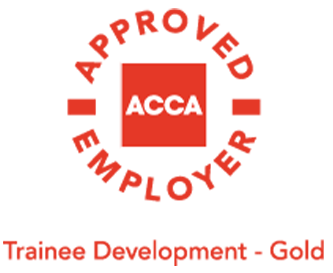Tax Advantages of Investment Bonds
Newsletter issue - February 07.
Investment bonds are popular forms of investment with higher rate taxpayers who believe they will become basic rate taxpayers at a later time, often in retirement. These are the key tax advantages of investment bonds...
- All income generated from investments within the bond is taxed within the bond at rates applicable to life assurance companies and is not taxed on you until you take money out of the bond.
- You can make withdrawals of 5% of your original investment each year for 20 years without incurring an immediate tax liability and if the 5% is not taken in one year it can rolled up to be taken in future years. HMRC deem that 20% basic rate income tax has already been paid and only if you take more than the 5% would a higher rate taxpayer be liable to an additional 20% tax on the excess, subject to top slicing relief mentioned in the next point.
- The gain on the final encashment is assessed in the tax year when it occurs. If there have been no withdrawals this is simply the encashment proceeds less the original cost. Any 5%'s encashed each year are added to the encashment proceeds in working out the gain. However, top slicing relief is available which takes the gain and divides it by the number of complete policy years that the policy has been held for and if when added to your income in that tax year does not make you a higher rate tax payer, there is no further tax to pay. So doing this in a year when you are a basic rate taxpayer, avoids all tax on the investment. If part of it is liable to higher rates, you pay the additional 20% tax on that part multiplied by the relevant number of years.
- It is possible to switch investments within the bond without incurring any tax liability, unlike normal share and unit trust investments.
- It is also possible to take out a number of smaller bonds to cash them in at different times to suit your tax position.
- The over 65's should be aware that the final encashment is treated as income for age allowance purposes although the cashing in of 5% capital each year does not and so can help increase age allowances by replacing present investment income with capital encashments.






